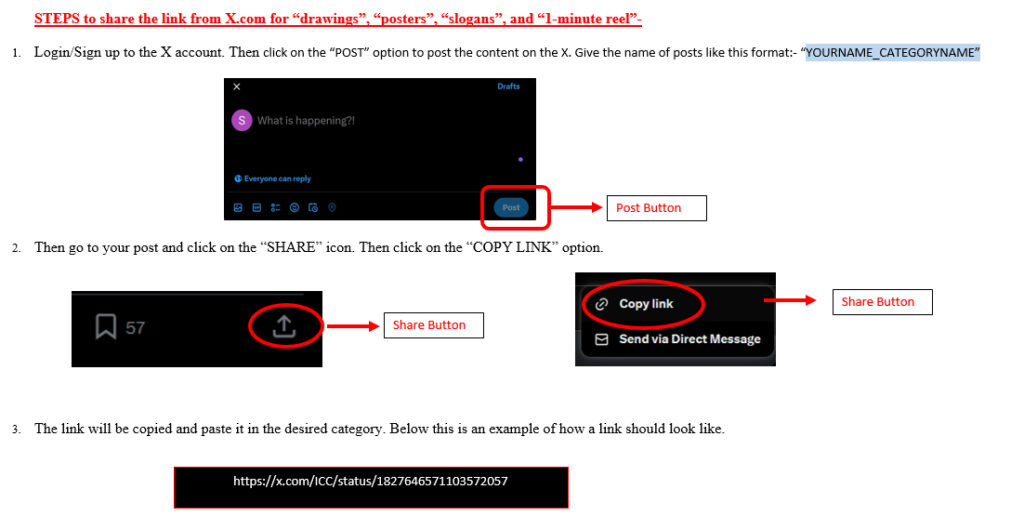Science of Scars and modern companies contribution in it
Introduction:-
Getting a cut, scrape, or injury is something we all go through, and while the body does an amazing job of healing itself, it often leaves behind scars. Knowing how wounds heal, why scars form, and what treatments actually work can help us deal with these marks a bit better.
### How Wounds Heal
When you get a wound, your body jumps into action with a four-step process: stopping the bleeding, cleaning the area, building new tissue, and then strengthening the new skin.
1. **Stopping the Bleeding (Hemostasis)**: As soon as you get hurt, your blood vessels tighten up, and platelets in your blood form a plug to stop the bleeding. A clot forms, acting like a shield to protect the wound.
2. **Cleaning Up (Inflammation)**: Next, white blood cells rush to the scene to clean up. They fight off any germs and clear out dead cells and debris. It’s like a cleanup crew that gets the area ready for rebuilding.
3. **Rebuilding (Proliferation)**: Now, it’s time to start the actual repair work. New blood vessels grow, collagen is laid down, and skin cells start covering the wound. Everything’s about filling in the gaps and pulling the edges of the wound together.
4. **Strengthening (Remodeling)**: Finally, your body works on making the new skin stronger. It replaces the quick, temporary collagen with more organized, tougher collagen, a process that can take a long time.
### Why Scars Form
Scars form as part of the healing process, especially when a wound goes deeper than the surface of your skin. A scar is mainly made up of collagen, but it’s arranged differently than in normal skin, which is why scars look and feel different. Scars don’t have hair follicles or sweat glands, and they’re not as stretchy as regular skin. How noticeable a scar becomes depends on things like how big and deep the wound was, where it’s located, your age, and even your genetics.
### Types of Scars
– **Hypertrophic Scars**: These are raised scars that stay within the original wound area.
– **Keloid Scars**: These scars go beyond the wound’s edges and can keep growing because of excess collagen.
– **Atrophic Scars**: These are sunken scars, like those from acne or chickenpox, caused by a loss of underlying tissue.
– **Contracture Scars**: Often from burns, these scars can tighten skin and affect movement.
### Treating Scars
There are many products and treatments out there that claim to reduce or eliminate scars. Here’s a look at some common options:
1. **Over-the-Counter Products**: Silicone gels and sheets are popular and often recommended by doctors to flatten and soften scars. Other options include onion extract gels and vitamin E creams, though their results can vary.
2. **Prescription Treatments**: These include corticosteroids to reduce inflammation and flatten raised scars, and retinoids that help improve the skin’s texture by increasing cell turnover.
3. **Advanced Treatments**: Laser therapy, microneedling, and even surgical revisions are options for more stubborn scars. These can be effective but come with risks like infection or changes in skin color.
### Are Scar Treatments Safe?
Most scar treatments are safe if used as directed. Silicone gels and sheets are generally safe and effective. However, treatments like corticosteroids or repeated laser therapy can have side effects, such as thinning skin or unwanted changes in skin pigmentation. It’s always a good idea to check with a healthcare provider before starting any new treatment, especially for more serious scars.
### Conclusion
Scars are a natural part of the healing process, and while there are many options to minimize their appearance, it’s important to have realistic expectations. Whether it’s through simple gels or more advanced procedures, knowing how these treatments work and their potential risks can help you make the best choice for your skin. In the end, scars are just a reminder of the body’s amazing ability to heal and protect itself.
Akshat
University/College name : Csjmu


